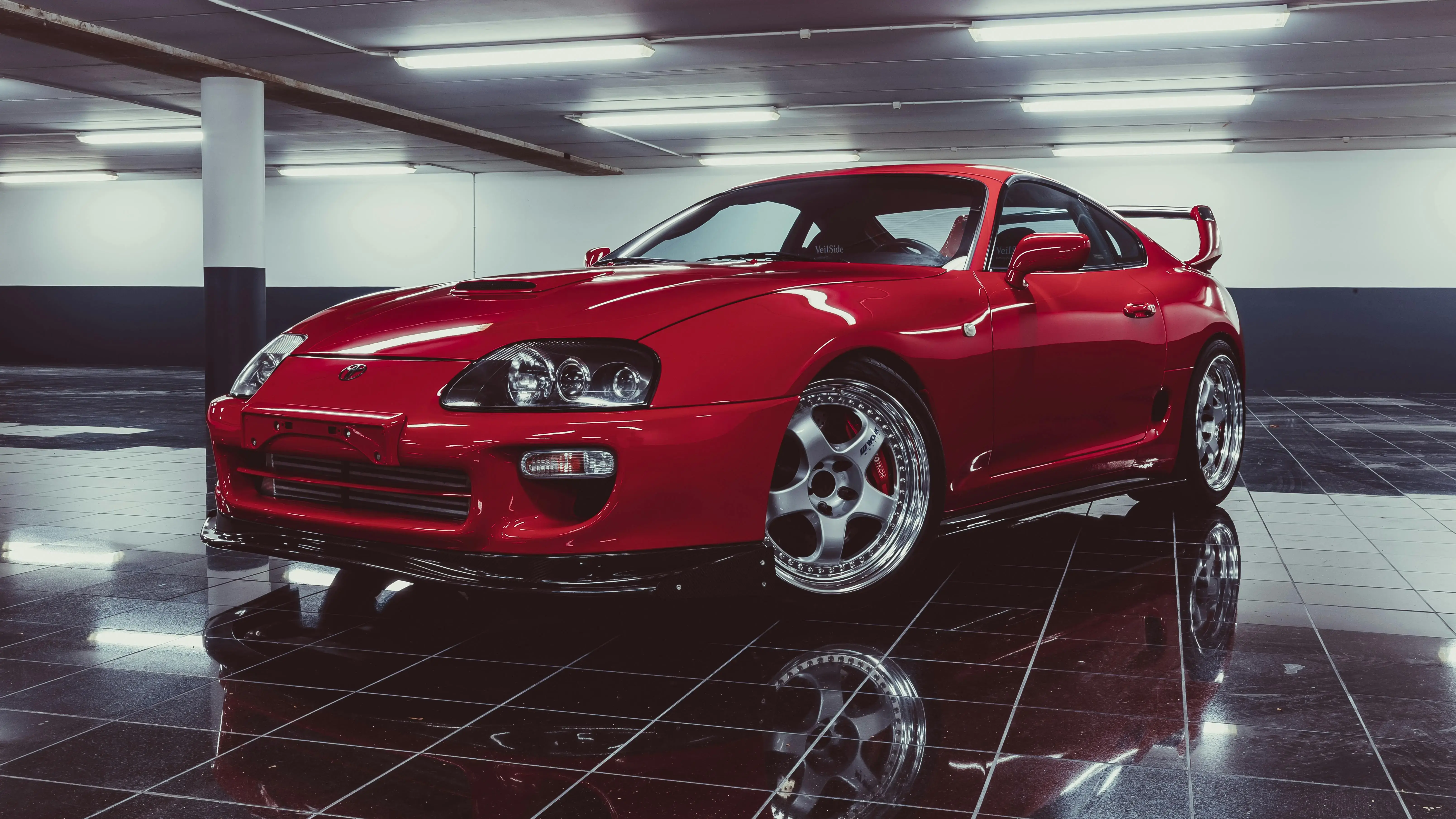Top US Car Import Ports 2025: California, NY, Florida & Texas Compared
Selecting the optimal port for US car imports is one of the most consequential decisions affecting total costs, transit times, customs-clearance efficiency, and overall logistics success. In 2025, understanding the strategic advantages of each major US port lets importers—whether individual collectors bringing in classic vehicles under the 25-year rule or dealers coordinating batch imports—save money and weeks of time while staying compliant.
Disclaimer: This article reflects port operations, US car-import law, and logistics conditions as of October 2025. Schedules, fees, and regulations change—confirm specifics with your freight forwarder, carrier, and customs broker before shipping.
Demand for classic vehicles exempt from Section 232 (when coded correctly under the 25-year rule) has made port selection even more important. West Coast Shipping operates from four US gateways—California, New York, Florida, and Texas—to optimize routing from origin to final destination. This guide compares each and offers practical selection tips.
West Coast Shipping provides door-to-door import services from all four locations, including customs brokerage, container shipping, inland transport, and documentation. Learn more about our international car shipping services.
US Import Duty on Cars: What’s handled at the port
Duty framework (federal, same at every port)
-
Base duty (most passenger cars): 2.5%
-
Baseline reciprocal tariff (2025): 15% total for most vehicles (inclusive of the 2.5% base duty). Country examples: EU 15% total, UK 10% + 2.5% base, Japan 15% total. 25-year vehicles are exempt from Section 232 but still subject to reciprocal tariffs unless a separate exemption applies.
-
Section 232 (finished vehicles): +25% for certain non-exempt origins
-
25-year exemption: Vehicles 25+ years old, properly coded under HTS 9903.94.04, avoid Section 232; the 2.5% base duty still applies
-
Harbor Maintenance Fee (HMF): 0.125% of ocean freight (e.g., if freight is $3,000, HMF ≈ $3.75), as illustrated in our cost scenarios.
-
Merchandise Processing Fee (MPF): 0.3464% of entered value (min $31.67 / max $634.62) (Example ona $25.000 car).
Full examples: US import duty guide.
Port/terminal costs (can vary)
-
Terminal handling charges
-
CBP exam fees (if selected)
-
Port authority and security fees
-
State/port environmental surcharges (e.g., additional fees at California ports)
These are smaller than ocean freight/duty but matter in close comparisons.
West Coast Shipping’s four-port network
California (Los Angeles/Long Beach area): Premier West Coast gateway
Why California
-
Shortest Pacific crossing from Asia (Japan)
-
Minimizes inland transport for West-coast destinations
-
Deep broker/terminal experience with JDM classics and containerized vehicles
Typical blue-water times
From Japan: ~17 days
Best for: Asian origins; West-coast delivery; JDM under the 25-year rule.
New York/New Jersey: Primary East Coast entry
Why New York
-
Fastest major transatlantic schedules
-
Short inland hauls to dense Northeast markets
-
Robust rail to the Midwest
Best for: European origins; Northeast / Mid-Atlantic deliveries; many European classics.
Florida: Southeast hub
Why Florida
-
Efficient for Southeast deliveries (FL/GA/Carolinas)
-
Competitive ocean rates from Europe; growing auto-handling capacity
Typical example
-
From Germany to Florida: ~33 days (ocean), subject to service strings
Best for: European imports destined for the Southeast.
Texas: Gulf Coast access
Why Texas
-
Convenient for TX/OK/AR/LA markets
-
Useful alternative strings/routes depending on origin
Best for: Gulf Coast deliveries; select routing advantages.
East vs. West Coast: direct comparisons
Transit-time snapshots by origin
From Japan
-
To California: ~17 days + short West-coast inland
-
To New York (via Panama): ~45 days + short East-coast inland
Takeaway: West-coast delivery strongly favors California. For East-coast delivery, the longer ocean leg to New York is often offset by avoiding cross-country trucking.
From Germany
-
To Florida: ~33 days
-
To California: ~43 days
Takeaway: East/Southeast delivery usually favors Florida/New York. California only makes sense for West-coast end-points.
Illustrative cost cases
Japan → Los Angeles (JDM coupe)
-
Via California: ~$2,850 ocean (~17 days) + minimal CA inland
-
Via New York: ~$3,050 ocean (~45 days) + expensive cross-country haul
Result: California is faster and cheaper for West-coast delivery.
Germany → Florida (German sedan)
-
Via Florida: ~$2,750 ocean (~33 days) + minimal FL inland
-
Via California: ~$3,350 ocean (~43 days) + cross-country haul
Result: Florida wins for Southeast delivery.
Inland transport economics
-
West Coast destinations (CA/NV/AZ/OR/WA) + Asia origin → California saves time/money.
-
Northeast/Mid-Atlantic/Southeast + Europe origin → New York/Florida minimize inland miles.
-
Cross-country trucking often erases any small ocean-freight savings from “the other” coast.
More detail: US car import laws guide.
Customs efficiency
-
Federal rules are the same everywhere (CBP/EPA/NHTSA).
-
High-volume car ports tend to have more seasoned handlers and brokers.
-
Documentation quality (correct HTS + any needed 9903.94.04 code for 25-year entries) matters more than which port you choose.
State impacts
-
California ports carry additional state environmental operating costs; this affects port logistics, not your federal import eligibility.
-
State DMV/registration rules kick in after federal entry, regardless of port.
Container vs. RoRo: pick the right method
Container (preferred for cars/motorcycles)
Pros
-
Maximum protection (enclosed, sealed)
-
Better security; can ship declared spares together
-
Works for non-running or lowered/modified cars
-
Ideal for high-value classics and JDM
Configs
-
20’ (typically 1 car), 40’ (2–4 cars with racking)
-
Shared/consolidated: lowers cost 30–60% vs. dedicated
-
Dedicated/exclusive: highest protection/control
RoRo (roll-on/roll-off)
Use when
-
Oversize vehicles or machinery that won’t fit/strap for container
-
Fully operational units (must start/steer/stop)
Trade-offs
-
Vehicle travels on ship decks (enclosed vessel but not in a sealed container)
-
No personal items/spares inside the car
-
Less flexible than container for standard passenger cars
Detailed comparison: RoRo vs. container.
Port selection by destination
-
California/West Coast deliveries: choose California.
-
Northeast/Mid-Atlantic: choose New York.
-
Southeast: choose Florida.
-
Texas/Gulf Coast: consider Texas (or compare with NY/FL depending on origin and trucking).
JDM classics (25-year rule)
California entry is typically best (fastest ocean, seasoned JDM workflows, less inland mileage for West-coast buyers).
Compare door-to-door by port
Use our car import calculator to compare:
-
Ocean freight by origin → each US port
-
Inland transport from each port
-
Base duty (2.5%), HMF, and MPF
-
Total door-to-door scenarios side-by-side
For paperwork, duty structure, and 25-year eligibility, see our comprehensive guide.
Quick selection recap
Choose California when
-
Origin = Japan/Korea/China/Australia
-
Destination = CA/PNW/Southwest
-
Importing JDM classics under 25-year rule
-
Need fastest Pacific transit
Choose New York when
-
Origin = Germany/UK/France/Europe
-
Destination = Northeast/Mid-Atlantic/Midwest (via rail)
-
Want fastest transatlantic
Choose Florida when
-
Origin = Europe → Destination = Southeast
-
Serving Florida/GA/Carolinas markets
Choose Texas when
-
Destination = TX/Gulf Coast
-
Specific routing strings make sense for your origin
Compare Port Costs and Choose Your Optimal Gateway
Selecting the right U.S. port for your car import can save substantial costs and weeks of transit time through strategic alignment of vehicle origin, U.S. destination, and port capabilities.
You May Also Like
These Related Stories

How To Ship A Motorcycle To Belgium From USA In 2025

Buying A Car Abroad To Import To The US: Complete Purchase & Import Guide

-093789-edited.png?width=220&height=79&name=wcs_final_logo_(1)-093789-edited.png)
